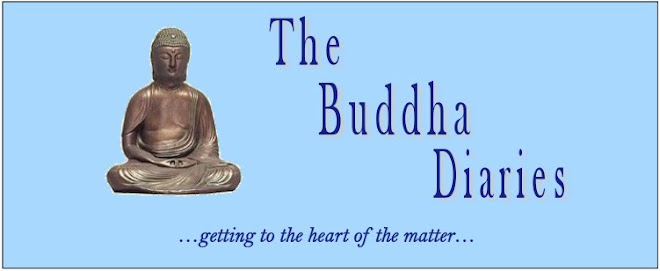One of the interesting things about the Buddhist teachings
is that they are built upon so rational a foundation of elegant logic, and for
this reason lend themselves readily to systematic application. A while ago, Dr. Barbara Wright took
advantage of this aspect of the religion to come up with something akin to a
board game, creating a “map” of the principles of metta that allowed the
“player” to actually experience, through bodily movement, the effects of its
practice on inner—and interpersonal—relationships.
An earlier book by Dr. Wright with Stephen Long, Metta: The Map, the Formula,the Equations (2009) described this map and its various uses in detail. Now comes Dharma and the Metta Map, also co-authored with Long, expanding the premise of the original book into what the subtitle
decsribes as “An Effective Tool for Charting Your Personal Journey to
Enlightenment.” It includes a
black and white version of the original full-color metta map, allowing the
reader to refer back to the chart at any moment along the path the authors lay
out.
It’s a path that takes us on a journey through the basic
principles of Buddhism: the Four Noble Truths and the Eightfold Path,
addressing at each stage of the journey those basic moral and psychological
issues that confront us in our lives.
In other words, it’s a Buddhist user’s manual—not, be it stressed, of
the “Idiot’s Guide” variety, but rather a complex, in-depth study of very human
problems and the way in which they can be resolved by a careful study and
application of the teachings of the dharma. The reader will surely find it astonishing that so much
emotional territory is covered by the metta map, and how complete a picture it
offers of the human psyche.
To its great credit, Dharma and the Metta Map is no easy
read. It requires work of the
reader—the kind of work those familiar with the Buddhist path are familiar
with. It’s what I personally like
to call “mind work”: the daily, demanding, but always rewarding task of
examining one’s life, of recognizing where one is causing suffering to oneself
or others, and learning how to obtain release from suffering through the
practice of metta. This is the
“personal journey to enlightenment” that is the great legacy of the Buddha. It is both useful and salutary to have so comprehensive a map to guide us.

No comments:
Post a Comment